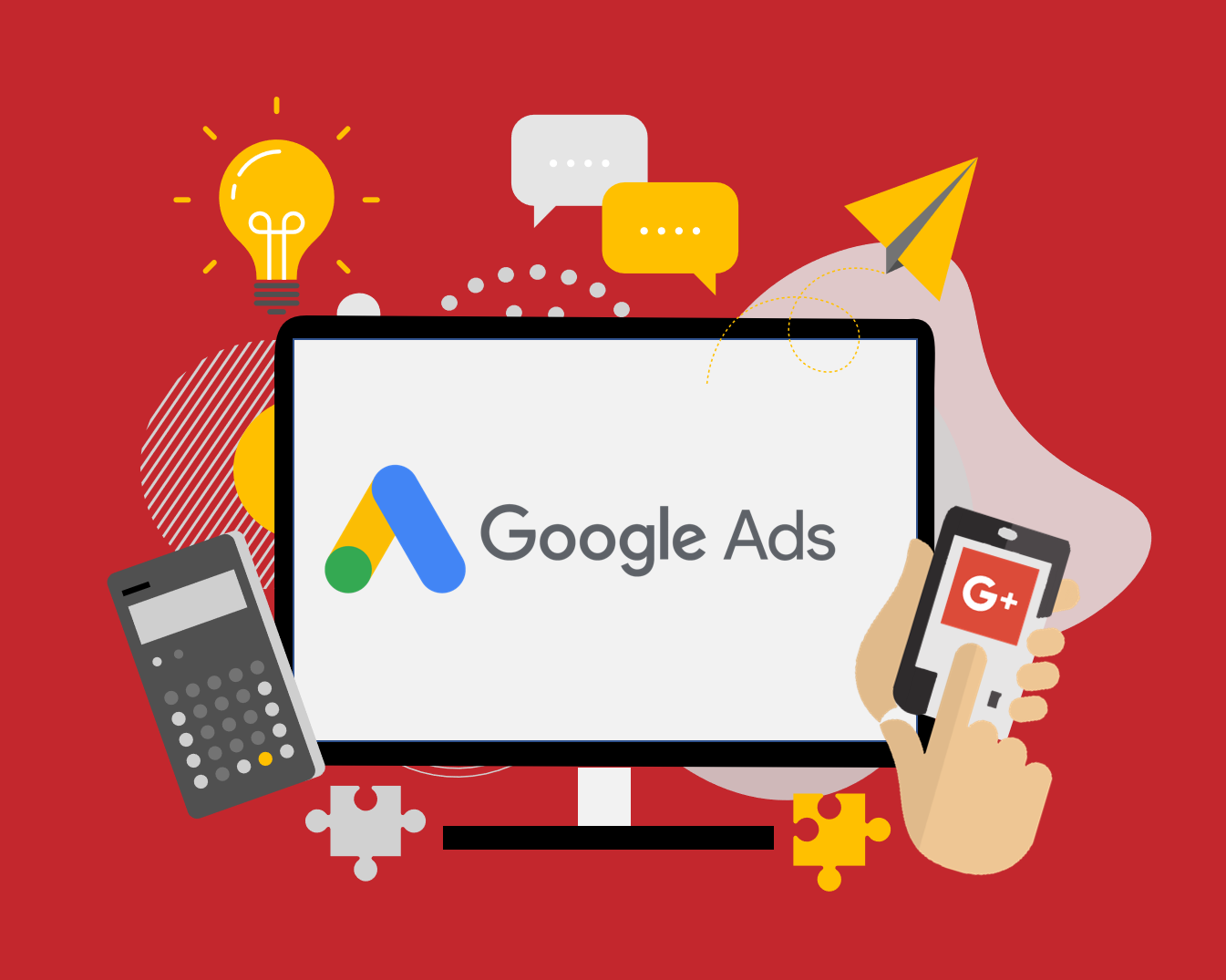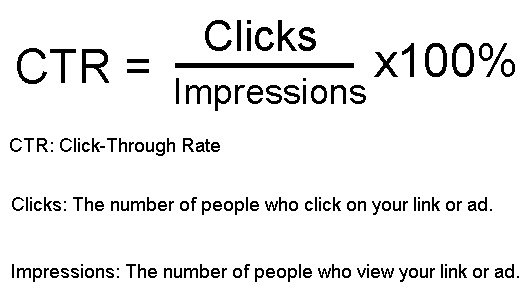
How Much Does Google Ads Cost in Singapore?
Advertising on Google can effectively reach potential customers and increase brand recognition. Budget, bidding, and spending are all fundamental components of running a successful Google Ads campaign. To be successful with online advertising in Singapore, it is important to understand how each of these terms affects the cost of ads.
In this article, we will share more on how much it costs to run Google Ads in Singapore
What is Google Ads?
The pay-per-click (PPC) platform that is previous known as Google Adwords utilizes an auction system to determine the cost of each click on the ad. When a user searches for keywords that have been selected, if the bid is higher than other advertisers, the ad will appear at the top of the search results with a label identifying it as a paid result.
The best aspect of Google Ads is that payment is made only for clicks on the ad, regardless of the number of views or frequency of appearance. Additionally, daily and monthly budgets can be set for each campaign to prevent exceeding the spending limit.
How much does it cost to advertise with Google Ads?
The cost of advertising on Google varies depending on several factors such as the industry, type of campaign, and ad network. The Google Search Network and Google Display Network have significantly different costs.
On average, the cost per click for Google ads on the Search Network ranges from $1 to $2, while ads on the Google Display Network are slightly cheaper, priced at around $1 or less per click. However, competitive keywords can drive up the cost per click, sometimes to as high as $50 or more.
The cost per click on the Google Display Network usually stays at or below one dollar. Digital marketing agencies professional Google Ads management services may charge businesses between $350 to $5000 per month, or 10-20% of their total Ad Spend.
Average Cost of Google Ads by Industry
| INDUSTRY | AVERAGE CPC (SEARCH NETWORK) | AVERAGE CPC (DISPLAY NETWORK) |
|---|---|---|
| Advocacy | $1.43 | $0.62 |
| Auto | $2.46 | $0.58 |
| B2B | $3.33 | $0.79 |
| Consumer Services | $6.40 | $0.81 |
| Dating and Personals | $2.78 | $1.49 |
| E-commerce | $1.16 | $0.45 |
| Education | $2.40 | $0.47 |
| Employment Services | $2.04 | $0.78 |
| Finance and Insurance | $3.44 | $0.86 |
| Health and Medical | $2.62 | $0.63 |
| Home Goods | $2.94 | $0.60 |
| Industrial Services | $2.56 | $0.54 |
| Legal | $6.75 | $0.72 |
| Real Estate | $2.37 | $0.75 |
| Technology | $3.80 | $0.51 |
| Travel and Hospitality | $1.53 | $0.44 |
How much to spend on Google Ads?
Determining the appropriate amount to spend on Google Ads requires considering various factors, such as the competitiveness of the industry, the per-customer value of products and services, and the relative value of different keywords.
One helpful tool for setting a minimum budget and estimating Google Ads costs is the Google Ads Cost Calculator. Additionally, Google Ads provides budget control features that allow for adjusting daily costs.
Calculating the potential return on ad spend (ROAS) can be done using the Google Ads Cost Calculator by inputting the expected typical return from a new customer. This calculation can help determine if a particular Google ad is too expensive and whether increasing ad spend by a certain percentage will generate profits or losses.
What determines Google Ads’ costs?
Various factors, including quality score, ad rank, campaign and ad settings, industry, and the chosen Google Ad network influence Google Ads’ costs. The quality score measures how relevant an ad or keyword is to a search query in Google Search, based on the expected click-through rate (CTR), keyword relevance, and landing page quality.
Ad rank determines an ad’s position on the page, calculated from a combination of Quality Score and bid. Higher ad ranks increase the likelihood of a favourable position. Campaign and ad settings, such as budget, bid amount, and targeting, can also affect the cost, depending on the campaign types within the account structure.
The industry one operates in determines how competitive bids for specific keywords are, with popular topics requiring higher prices due to increased demand from companies. Long-tail keywords are generally lower in cost. Finally, there are various Google Networks to advertise on, such as YouTube or Discovery Ads, each with its own pricing rules within each campaign type.
What is the budget, bid, and spend for Google Ads?
The budget set for a campaign is the total amount intended to be spent over a specific period, typically 30 days. It is important to note that the entire budget may not be used as actual costs may be lower, depending on the targeted audience.
The bid is the amount paid for a single click on an advertisement and varies greatly depending on industry and competition levels. When an ad wins an auction in Google Ads, the amount deducted from the budget is called Spend, which includes any taxes or fees related to running an ad.
Budget management for Google Ads
Google Ads provides businesses and marketers with unparalleled budget control compared to other advertising channels. The platform does not require a minimum spend to launch a campaign, making it accessible to even the most cost-conscious businesses. Even with a low daily budget of $5 or less, it’s possible to see results depending on market competition. Based on these results, adjusting the budget is easy to ensure maximum efficiency and performance.
Moreover, Google Ads’ automation capabilities allow customers to have complete control over their budgets. Advanced settings like Frequency Capping, Ad Scheduling, and Automated Bid Strategies are accessible through intuitive interfaces, providing advertisers with the confidence to make informed decisions when setting spending parameters across campaigns. This not only offers fantastic flexibility in setting a budget at the outset but also in optimising its use throughout the lifetime of a specific campaign for producing tangible ROI.
How to reduce Google Ads cost?
There are several strategies to reduce the cost of Google Ads campaigns. One is to use negative keywords, which are irrelevant words or phrases to the business or offerings. By using negative keywords, it helps prevent ads from showing up for irrelevant searches, saving money.
Optimizing the ad copy is another way to lower costs. Ensure that the ad copy is relevant and engaging to the target audience. This can improve the ad quality score and lower the cost-per-click (CPC).
Location targeting is an effective strategy to reach the ideal audience without wasting money on clicks from visitors who are unlikely to convert. Adjusting the bidding strategy to prioritize conversions over clicks can also maximize the value of ad spend.
To improve conversion rates and lower cost-per-conversion, it’s crucial to enhance landing pages with clear calls to action and relevant content. Regularly monitoring and adjusting campaigns is essential to improve performance and reduce costs. This includes analyzing targeting, research on keywords, and bidding strategies to ensure that they align with marketing goals.
Is Google Ads worth the money?
Google Ads in Singapore is an effective and widely used method of digital advertising, offering businesses visibility to a wide audience and real-time tracking of campaign performance. With over 62% of all search engine queries in the United States being performed on Google alone, it’s clear that advertising through Google Ads is a must for businesses who want to ensure their visibility. Additionally, the top three sites on SERPs tend to acquire 46% of clicks from users, making it crucial to have a strong online presence backed by quality ad campaigns through Google Ads in order to maintain high rankings.
Investing in advertising through Google Ads can help businesses target potential customers and generate leads for their products or services with great precision, leading to more than 167 million monthly buyers being reached. Moreover, Google Ads offers excellent flexibility for businesses to set their budget and adjust it as needed throughout the lifetime of their campaigns.
The platform’s automation capabilities allow for informed decisions to be made when setting spending parameters across campaigns through advanced settings like Frequency Capping, Ad Scheduling and Automated Bid Strategies. With all these benefits, it’s no wonder that Google Ads is considered one of the most powerful tools for businesses looking to grow and succeed in the digital space.
Calculating the Return on Investment
By looking at the return on investment (ROI), businesses can better understand the true value of their Google Ads campaigns. For example, if ads direct users to a landing page where they can sign up for a product trial, a certain percentage of people who click on the ad will sign up for a trial, and some may eventually become paying customers.
If the revenue generated by these paying customers is higher than the total cost of the Google Ads campaign, then a profit is made. In this scenario, the cost of the ads becomes negligible, as they have effectively paid for themselves and generated additional revenue for the business.
By tracking metrics such as conversion rates, click-through rates, and cost-per-conversion, businesses can gain a better understanding of how their Google Ads campaigns are performing and adjust them accordingly. In addition, businesses can also explore strategies such as retargeting and creating targeted campaigns to further optimize their ROI and maximize their revenue potential.
Conclusion
To ensure a successful campaign, it’s crucial for businesses to conduct thorough research when determining their budget. This includes exploring all available options and estimating realistic costs for each element. By doing so, businesses can have a better understanding of the necessary investment required for their campaigns and avoid any unexpected expenses after launch.
It’s important to keep in mind that campaign costs can vary significantly depending on the size and scope of the project. Businesses should consider factors such as the target audience, geographic location, and industry competition when determining their budget. By carefully analysing these factors and regularly monitoring performance metrics, businesses can optimise their spending and achieve the best possible results.







